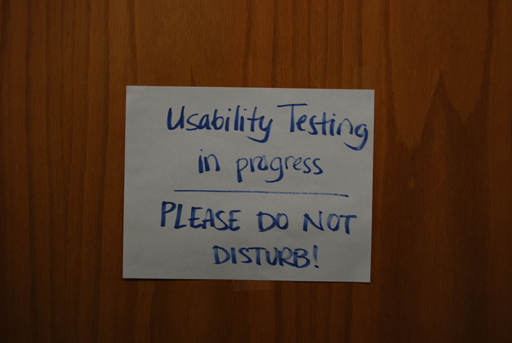4.3 Conducting an accessibility evaluation
The aim of an accessibility evaluation of eLearning materials is to assess the extent of the accessibility: not to judge whether it is or is not accessible. In other words, the question to ask is ‘To what extent is this eLearning material accessible to people with a range of disabilities?’ rather than ‘Is this accessible or not?’
Preliminary testing can be performed by the eLearning developer. Simple tests can be conducted to check the performance of the eLearning materials under magnification, in grayscale, or by using only the keyboard or only the mouse. It is also possible to check that text-to-speech tools and screen readers work sensibly with the material and that alternative versions have been provided where needed.
There are also available online some automated ‘accessibility’ checkers. These tools do not check the total accessibility of the materials, but they can give a quick indication of where issues may lie. Therefore although they should not be treated as an entire solution in their own right, they can help to save costs at the user-testing stage by identifying potential issues prior to bringing human testers into the process.
When it comes to user testing, there is guidance available to ensure you go about the process in the right way (Cooper et al., 2016 [Tip: hold Ctrl and click a link to open it in a new tab. (Hide tip)] ; Kumar and Owston, 2016; W3C WAI, 2010). You should focus on whether or not disabled users can successfully navigate and use your eLearning materials easily (usability) more than whether the materials meet certain accessibility guidelines or checklists.

